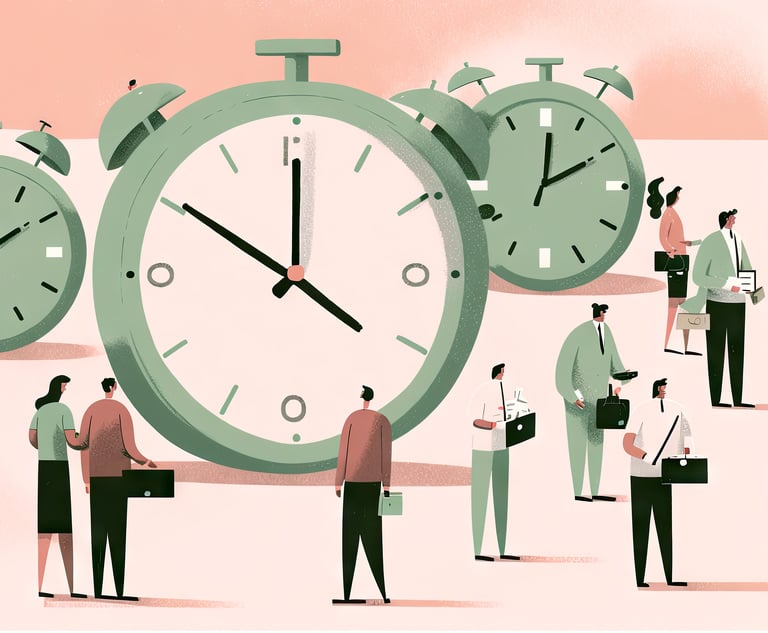Over the past several years, there has been a transformation in the ways we think about wrongful convictions. We’ve come to understand the dangers and prevalence of faulty forensic or “junk” science (e.g., bite mark evidence, firearm tool mark analysis, once-foundational tenets of arson investigations), jailhouse informants, cross-racial eyewitness identifications, and police and prosecutorial misconduct. This knowledge has had a tangible impact on our clients at the Pennsylvania Innocence Project. Though the barriers to overturning a wrongful conviction remain staggering—particularly here in Pennsylvania, where jurisdictional bars to reviewing a conviction hold firm even in the face of compelling evidence of actual innocence—this awareness has led directly to innocent Pennsylvanians coming home.
The Guilty Plea Problem and the Trial Penalty
There has been no similar change in the ways our society and its courts view the guilty plea. Data from the National Registry of Exonerations reveals that some 95% of felony convictions in the United States are the result of guilty pleas, making it the number-one driver of mass incarceration. One explanation for this fact carries with it considerable intuitive appeal: Individuals plead guilty because they are, whereas the innocent are far more likely to take their chances at trial. This is a comforting explanation. It is also wrong. We know that innocent people plead guilty. 18% of the exonerated individuals listed on the National Registry of Exonerations did so. And this percentage likely only reflects the tip of the iceberg.


 Credit: Sebastian Duda/Shutterstock.com
Credit: Sebastian Duda/Shutterstock.com




